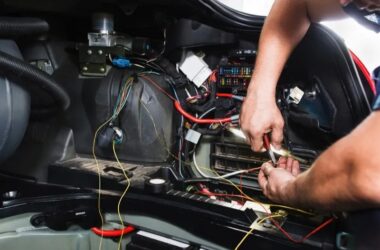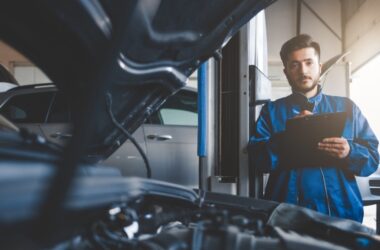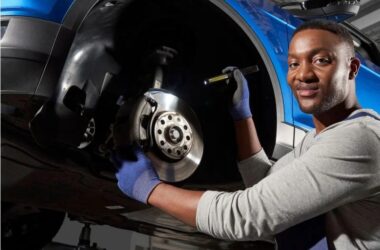Commercial fleet drivers need to be prepared for the possibility of being involved in an accident. Even when every precaution is taken to ensure the safety of a fleet, mishaps may and do occur. The annual accident rate for commercial fleets has reached 20{e2b53a455f818ed5d3bffd86af37b4b0bb59ce639ef48a68c49c4a2dc0c9b232}, and in certain industries, like the pharmaceutical business, it’s much higher.
The annual distance travelled by the average non-fleet driver in the United States is between 12,000 and 15,000 miles, and the annual accident risk for that driver is 1 in 15. However, the average yearly mileage for a professional driver is between 20,000 and 25,000 kilometres. Here is the post fleet accident scenario you should know about.
Its simple math: the more miles you drive, the more likely you are to get in a fleet accident
Regardless of the severity of an accident, commercial drivers should know the steps that must be taken immediately thereafter. After an accident, fleet managers must write a formal policy outlining the best procedures to follow. Each company-issued vehicle should have a copy of the company’s accident kit policy, which explains what to do in the case of an accident, in the glove compartment at all times.
The Right Directives for the Post Accident Works
The following suggestions, supplied by a top fleet manager in the industry, should help you create a policy that works well for your drivers.
The vehicle does not need to be moved if it is not obstructing traffic. If you can do so safely, move the vehicle out of traffic. An immediate call to emergency services must be made in the case of any harm to a pedestrian or a passenger in either vehicle. No matter how little the damage is or where it occurs, you should always report an accident to the authorities. Get the names, home and work addresses, and phone numbers of any witnesses or passengers.
Gathering All The Documents
Gather the other driver’s and any passengers’ and witnesses’ information, including their names, addresses, and phone numbers. Add to it a record of each vehicle’s registration number and the year, make, model, VIN, and licence plate number.
Make Proper Notes
Be sure to make a detailed note of where everyone is sitting in each automobile. Get the name and number of the other driver’s insurance provider. Write down the time, place, and direction of the automobiles, as well as the road and weather conditions. Detail your observations of the other vehicle’s damage in the official accident report. Take photographs of the wreckage and the surrounding area if you can.
Finding the Damage
Find out how badly other individuals have been hurt. Write down the names of any doctors or nurses that helped out. Don’t say anything, not even to the police, about who’s to blame for what happened. Establishing all relevant data is crucial before deciding who was to blame for the accident.
Information on the vehicle’s owner, the insured, the policy number for liability insurance (which may be found on the current insurance card in the glove box of the vehicle), and the liability insurance must be given to the police and included on the accident report.
Conclusion
Please empty the automobile completely before having it hauled. Call for help if you need to take anything out of your vehicle and you can’t do it alone.










